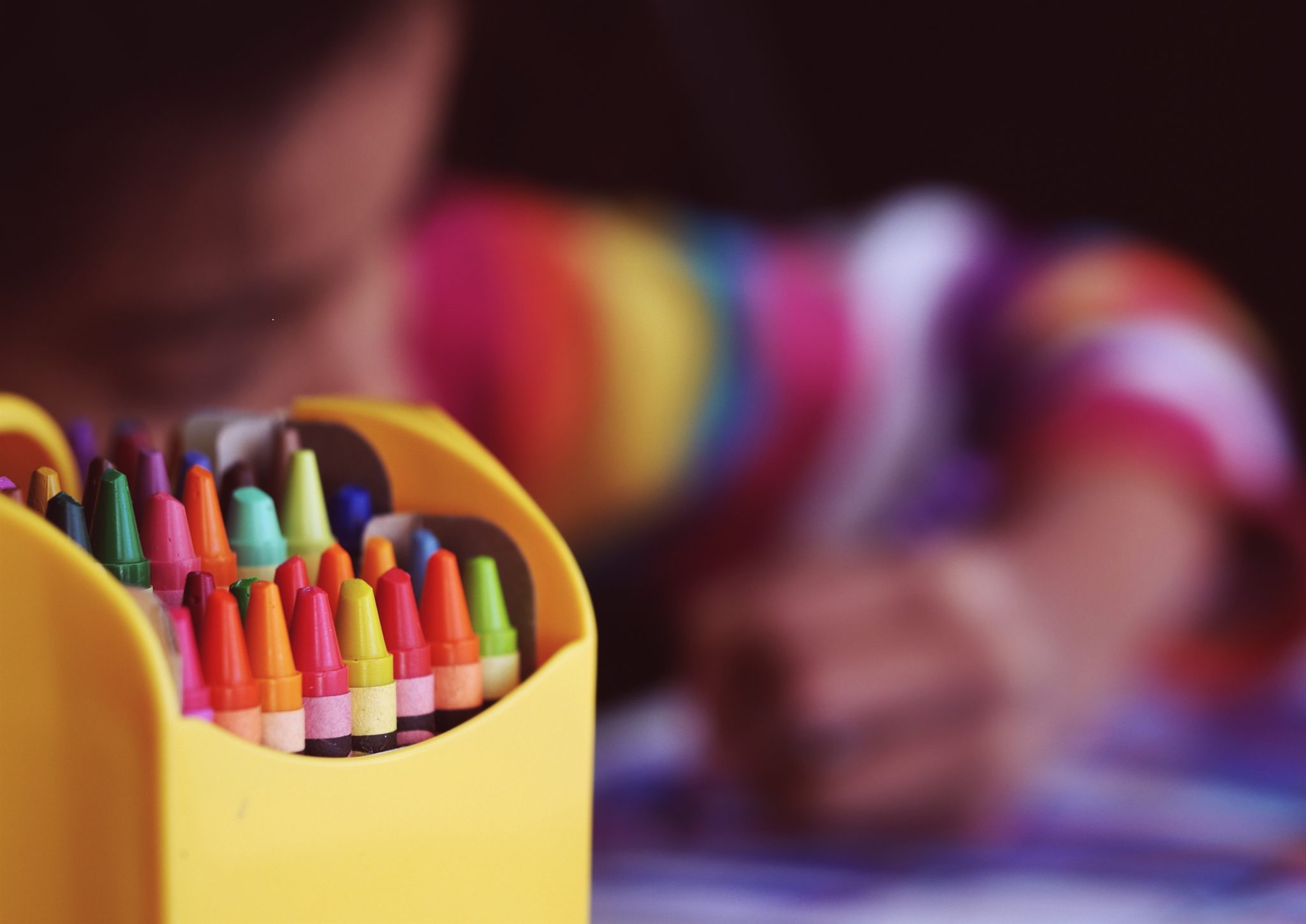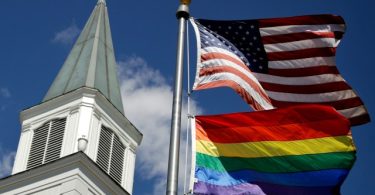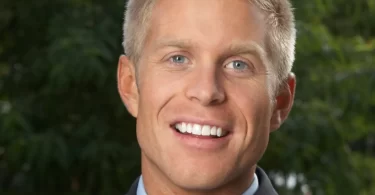One percent of 9-10 year old kids say they are, or maybe, gay or transgender, according to a new study.
The Adolescent Brain Cognitive Development (ABCD) Study looked at children across the US. Researchers at San Diego State University carried out the research. The results appear in the periodical, JAMA Pediatrics.
Most experts accept that some kids identify as trans when quite young. However, many previously thought people begin to self-identify their sexuality in their early to mid-teens.
The study by Jerel P. Calzo and Aaron J. Blashill shows that a significant number of individuals identify as gay at a younger age.
The survey comes at a pertinent time. Last month, the death of a nine-year-old made headlines around the world. Jamel Myles, of Denver, Colorado, told his mother he was gay. He then informed classmates, but reported being bullied. Four days after coming out at school, he killed himself.
Study asked children about their sexuality
Just over 4,500 kids took part in the ABCD study.
The researchers asked the children, ‘Are you gay or bisexual’.
‘Yes’ was the response of 0.2%, while 0.7% said ‘Maybe’. The authors took this as indicative of ‘probable sexual orientation’. One in four said they did not understand the question. The remaining kids said they were not gay or bisexual,
By contrast, their parents gave different responses when asked about their child’s sexuality. Only one parent said ‘yes’ when asked if their kid was gay/bisexual, while 331 (7.3%) responded ‘maybe/don’t know’. Most parents said ‘No’, while 0.7% declined to answer.
When asked ‘Are you transgender’, 0.1% of the kids said ‘Yes’ and 0.4% said ‘Maybe’. By contrast, two parents (0%) said their kids were transgender, and 1.1% said ‘maybe/don’t know’.
‘Beginning to experience strong feelings’
‘This is such an important stage, biologically and socially. At 9 and 10, youth – whether through their peers, media or parents – are beginning to be exposed to more information about relationships and interacting in the world. Even about sex,’ said lead author Calzo.
‘They may not see any of this as sexual, but they are beginning to experience strong feelings.’
The study’s authors believe schools should teach more about sexuality and gender identity (Photo: Aaron Burden | Unsplash)
‘One percent is sizable, given that they are so young,’ says co-author Blashill said.
‘For so long, social scientists have assumed that there is no point in asking kids at this age about their sexual orientation, believing they do not have the cognitive ability to understand.
‘This is the first study to actually ask children about their sexual orientation this young. It is important to have a baseline to understand how sexuality develops and how it may change over time.’
Research help plan support measures
The authors note that young LGBTI people are far more likely to experience mental health challenges linked to prejudice and discrimination. However, the kids in this study overwhelmingly said they had not experienced any issues at home or at school over identifying as gay or bisexual.
This suggests kids in a supportive home environment feel able to come out when younger, or that such issues become more of a problem during the teenage years.
Calzo said the study, compared to others, purposefully set out to ask younger kids about their sexuality.
‘If we can understand identity development earlier and can track development using large datasets, we can begin improving research and prevention around risk and protective factors,’ he said.
‘Maybe’ gay as a predictor of sexuality
GSN asked Calzo why a ‘maybe’ answer from children about their sexuality indicates ‘probable sexual minority identity’. Might some kids reply ‘maybe’ because they simply don’t know?
‘There have been few, if any studies that have asked children at so young an age about their sexual orientation identity,’ he responded.
‘Sexual orientation is a developmental process, and although this study analyzed a question related to identity, it is possible that some youth responded “maybe” because they were thinking about other aspects of their emerging senses of gender and sexuality … Some of the “maybe” responses could be due to participants experiencing attractions, but not yet being sure about whether they identify as gay or bisexual.
‘”Maybe” responses could also be connected to how children are interpreting their gender expression in relation to their peers. Kids who are more gender nonconforming, such as boys who play with dolls or who are less interested in sports, might be bullied or called “gay” by their peers.
‘Other researchers have found that sexual minority adolescents and adults often report being gender nonconforming as youth, that sexual minorities are more likely to be gender nonconforming, and even that gender nonconforming youth may be more likely to identify as lesbian, gay, or bisexual in adolescence.’
Schools must do more to support these children
Asked if he felt schools should teach more about sexuality and gender identity, Calzo was unequivocal.
‘Yes. I believe that more schools should include information about sexual orientation and gender identity for children in this age group.
‘Even if youth do not themselves identify as a sexual or gender minority, everyone develops a sexual orientation and gender identity, and the current sociopolitical and cultural climate exposes children to diverse messages about sexual orientation and gender identity from an early age.’
‘You cannot put an age limit on identity!’
Someone already involved with educating school children about such issues in the UK is Elly Barnes, the founder of Educate & Celebrate. The organization goes into schools to work with kids on issues around diversity and identity. She welcomed the study. From her own work with children, she said the results didn’t surprise her.
‘In fact I thought it may have been a higher percentage. LGBT+ Inclusive work is now more readily rolled out by teachers in the primary sector with activities such as using picture books that represent queer families, identity and present #loveislove.
‘This ensures representation of our community and demonstrates real-life unlike the heteronormative books of the past which present only stereotypical ideas of the family unit, gender roles and careers.
‘Thank goodness we are moving away from this and we are seeing a shift to young people finally being confident enough to be themselves – you cannot put an age limit on identity!’
See also
Telling kids that they’re not old enough to come out makes you the problem
Almost half of UK teenagers attracted to same or both sexes have self-harmed







